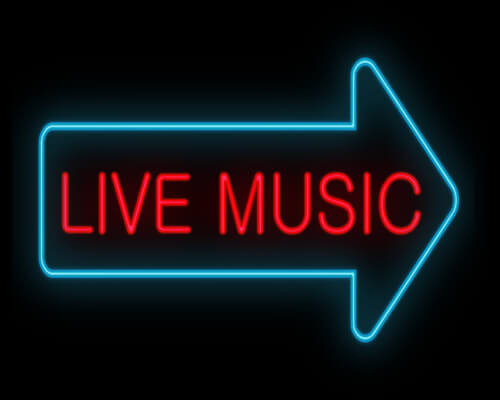 By Jesse Kirshbaum
By Jesse Kirshbaum
While brands have long included musical acts in their marketing strategies, the practice has grown both more common and more complex.
The days of big-name bands merely endorsing a product or displaying a brand’s banner at concerts are over. Today, relationships between brands and musicians are partnerships, and brands, bands, and fans are winning as a result.
Mutual Benefits Rock
Investments in musical acts have proven beneficial for everyone involved.
Artists can create unique experiences for fans. As the music industry changes, album sales decline, and labels see fewer windfalls, musicians seek new ways to fund events and releases.
Fans benefit from increased access to live events. According to an Eventbrite/Harris study, 72 percent of Millennials expect to increase their spending on these types of experiences.
These partnerships enable brands to partner with the biggest tastemakers out there: Musicians.
From increased awareness to image enhancement, brand investment in music connects to consumers in many ways.
According to research released by RhythmOne, brands that engaged in influencer marketing saw earnings of $6.85 for every dollar spent on such programs in 2014.
Muscial Acts: Collaborating in Harmony
Short-term investments include brands cutting checks for artists or supporting one-off events. Brands benefit from a quick dose of increased visibility, and artists receive much-needed financial support.
Both have something to gain, but the risk is limited.
Deeper, longer-lasting investments demand brands not only finance particular artists, but also support music, as a whole. For example, a brand might fund a program to foster a culture of artistic empowerment and create a community around it.
Here are five steps that brands can take to make the most of their musical acts collaboration:
- Align: To work musical acts into your strategy, define their role within your brand. Determine your business needs to pinpoint how music can be part of the solution. To partner with the right artists, a brand must know its customers, as well as how they experience music and how to best incorporate it.
- Connect: How will you best connect with your audience—through television, print, radio, digital, live, experiential, social, sponsorships, or a combination? Consumers and fans are always looking for ways to deepen their relationships with brands and artists. Brands can partner with musicians to spark consumer loyalty, but they must show depth and consideration. Most fans can sense inauthentic partnerships.
- Curate: Specify the benefits you can offer artists, such as exposure beyond major labels’ means or help charting a single. At this stage, a brand needs to identify and curate the artists who best align with its goals, its audiences’ tastes, and its data points.
- Execute: Most of the legwork comes during the final stage: Execution. Building a relationship between an artist and a brand takes great care and special attention. Although the industry is changing, artists and brands remain skeptical of these partnerships. It takes continuous trial and error to get on the same page, and communication is essential to creating perfect alchemy.
- Analyze and expand: Determine what works; learn from your results. What’s connecting the best? Integrating with musical acts and their cultures don’t happen overnight; relationships take time to grow and be fruitful.
Ever-Evolving Soundscapes
Brand-artist partnerships aren’t new, but we see new examples all around us. From Fender’s Accelerator Tour for emerging artists to Pandora’s “Thumb Moments” to MasterCard’s “Priceless Surprises,” innovative relationships create novel ways for brands, musicians, and fans to interact.
As these partnerships become exciting new tools for artists, expect to see the following trends:
- Music-tech partnerships: More artists will team up with apps to increase visibility. Artists gain digital items to sell for revenue.
- Continuing investment in live music: Touring is still a necessity for musicians, but with increases in festival attendance, artists may see fewer fans at their own shows. To compete with large-scale production and immersive live experiences, more artists will link with brands to make tours more affordable and enjoyable for both artists and fans.
- Product diplomacy: Installing artists as product ambassadors and creative partners helps brands increase their visibility and sell more products. Meanwhile, artists can creatively influence product branding and collect equity or profit shares.
- Media platforms’ use of creative content: Consider what Vice did by creating innovative content that appeals to music fans: Artists contribute both an audience and a personality.
What’s the next soundtrack to your brand image? By investing in the power of music, you could propel your marketing efforts to a new level.
image credit: Shutterstock